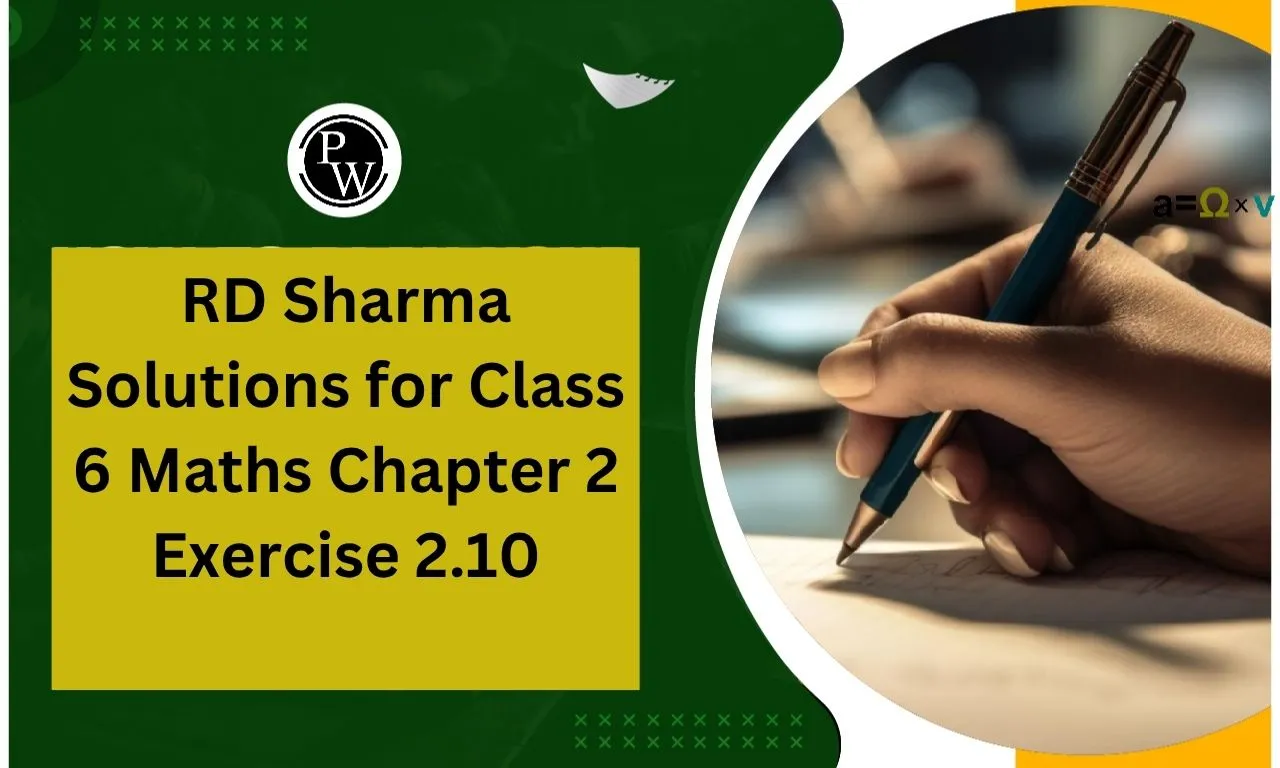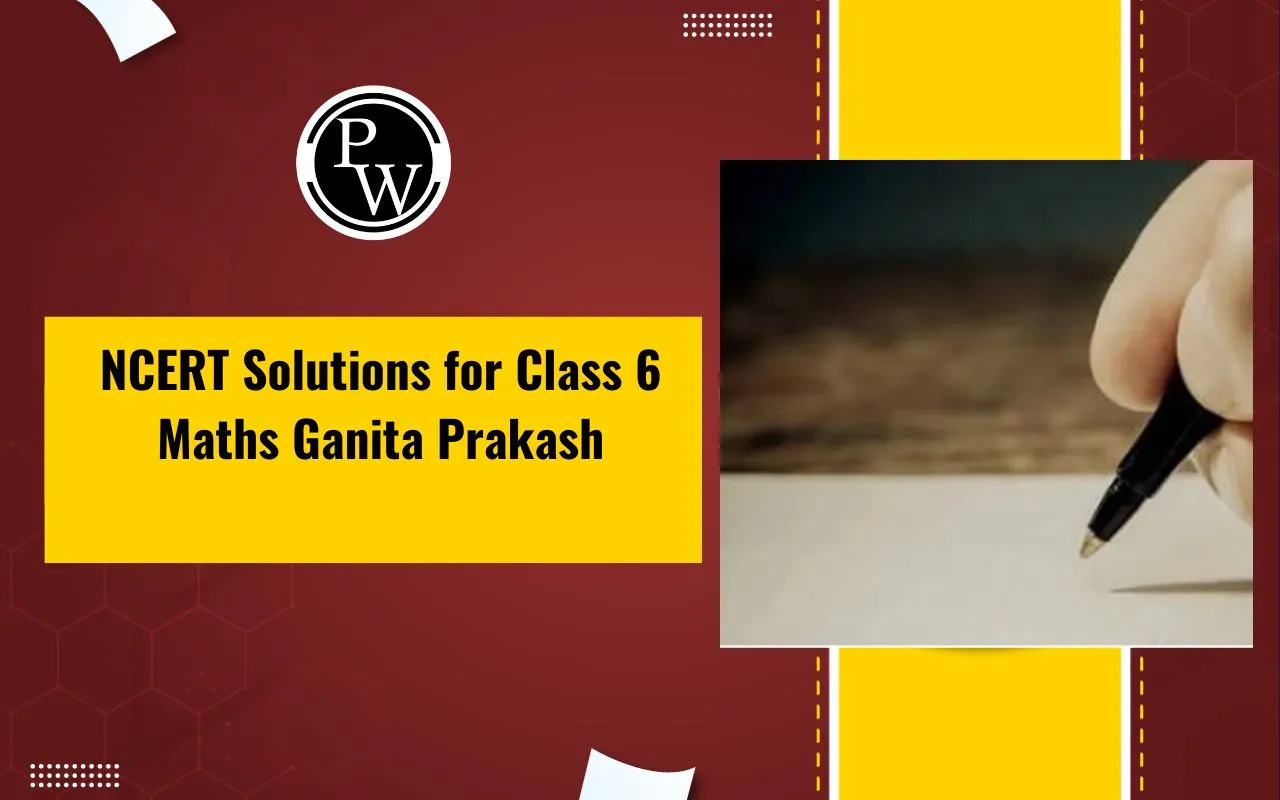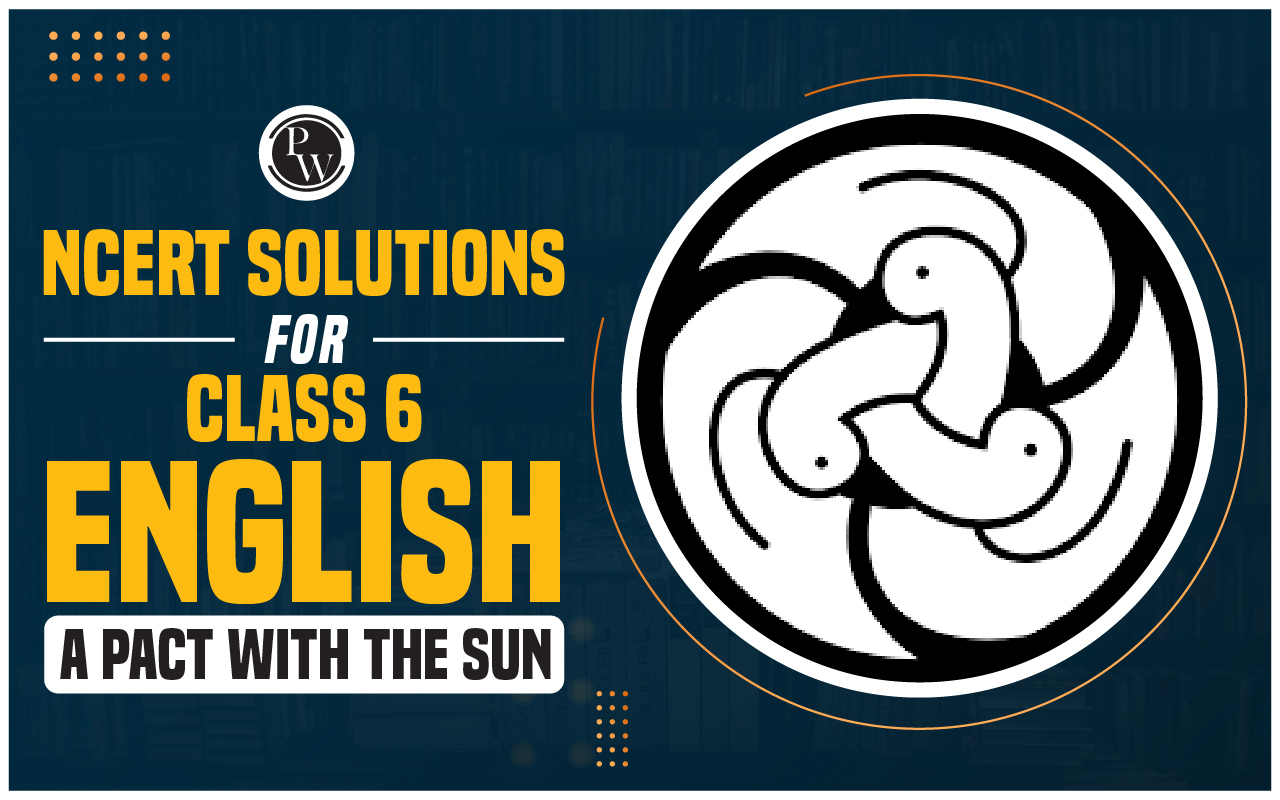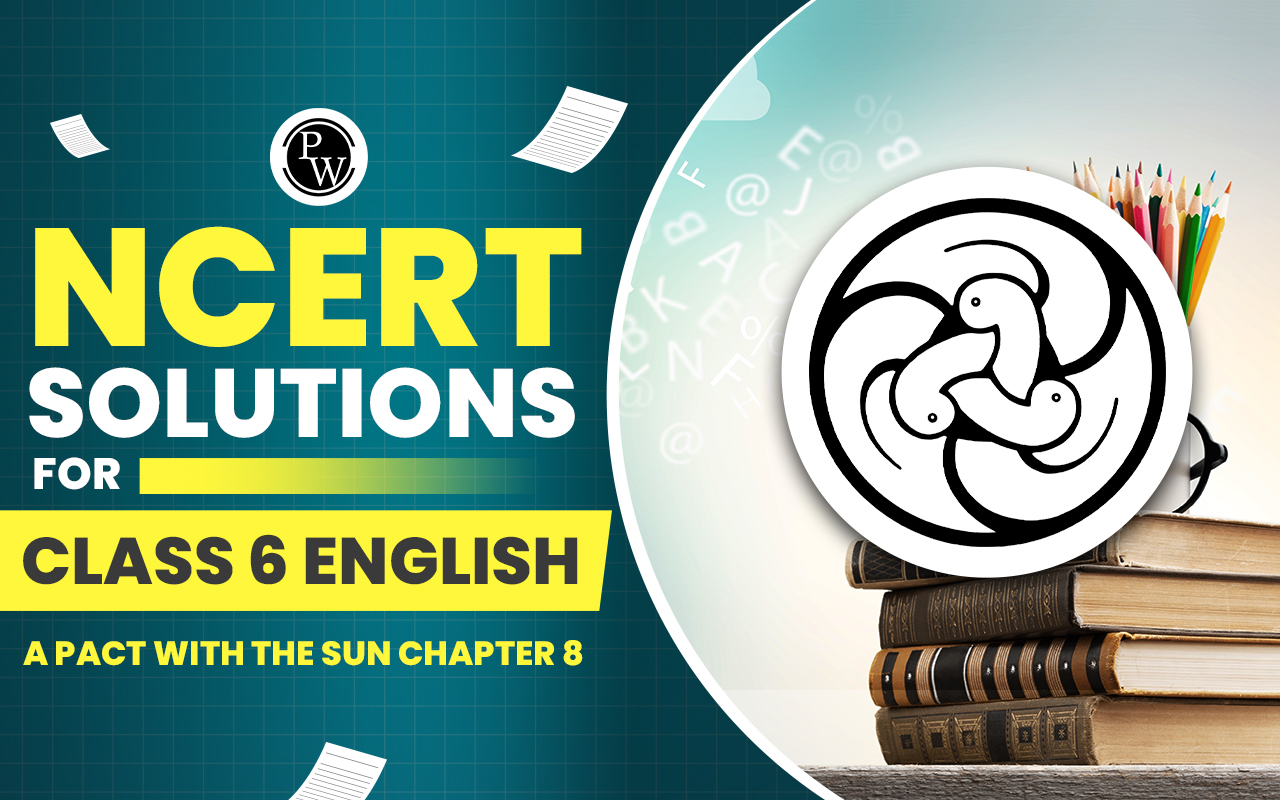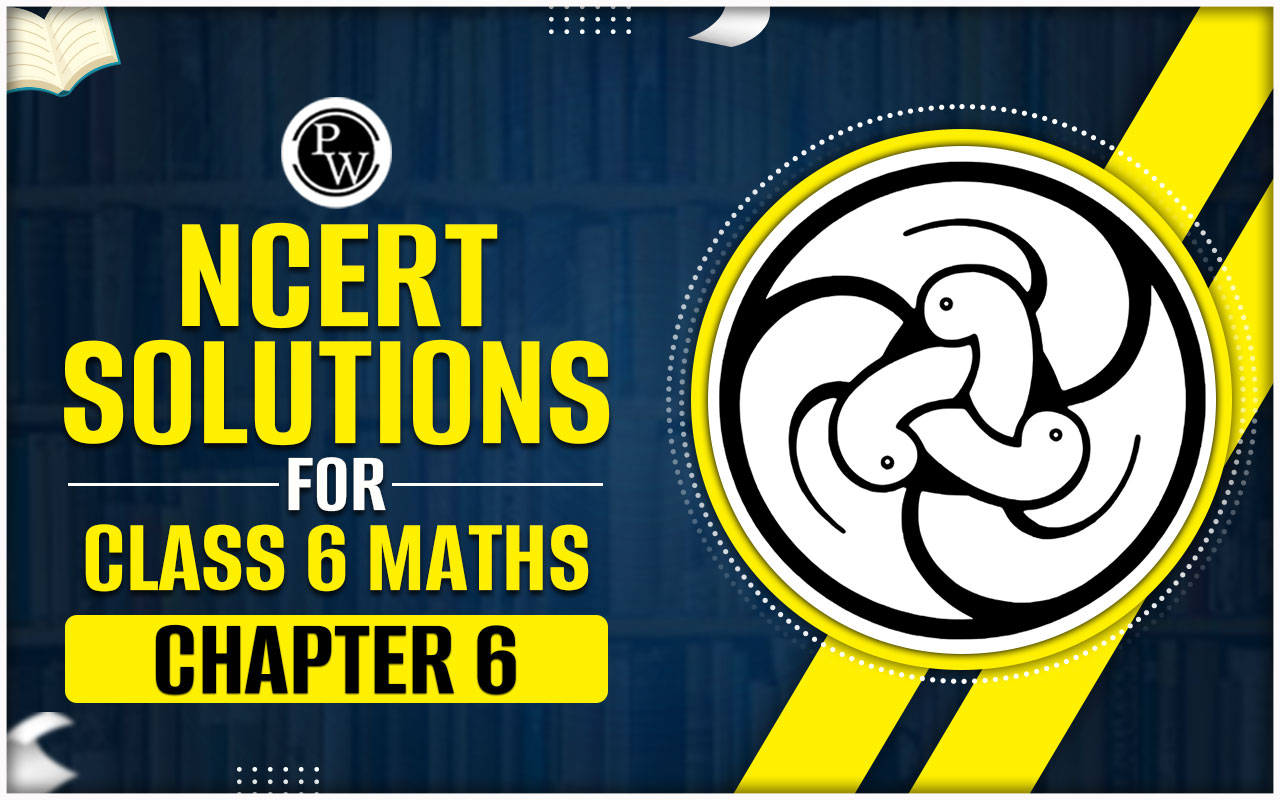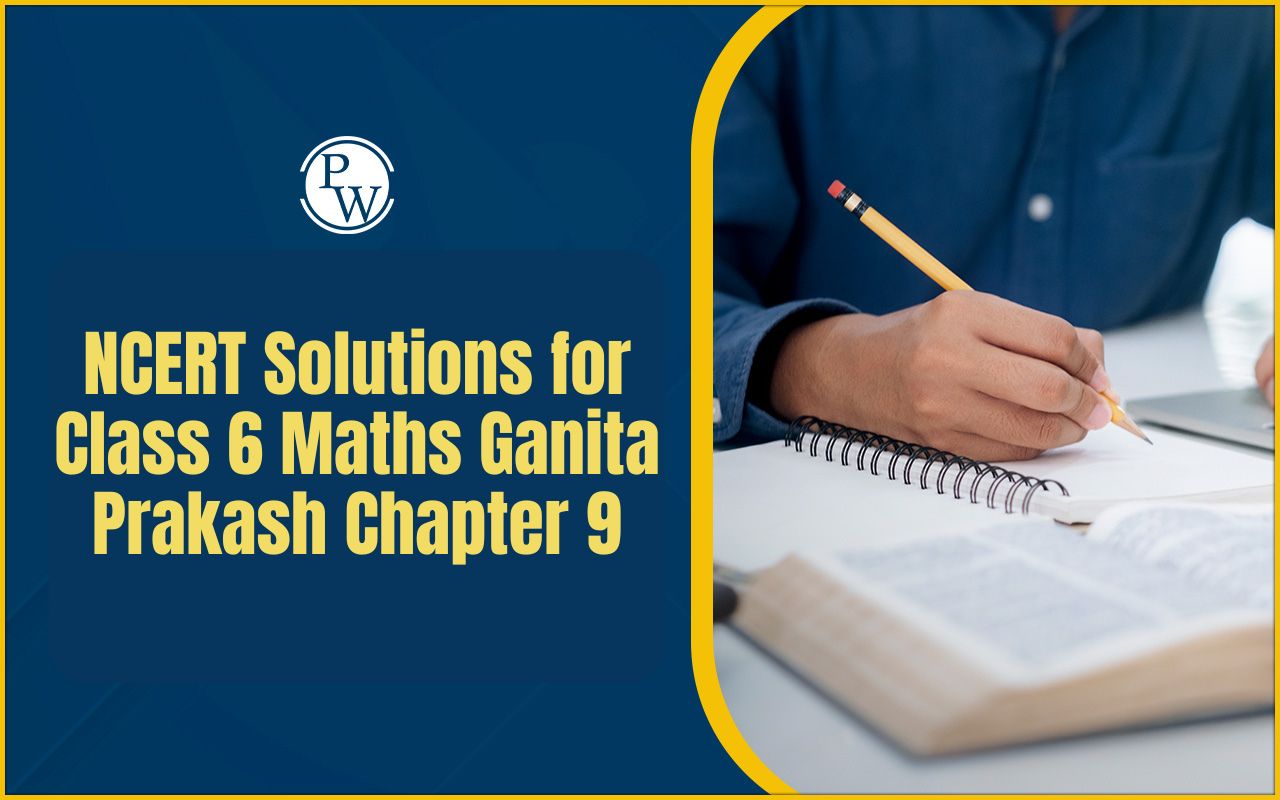
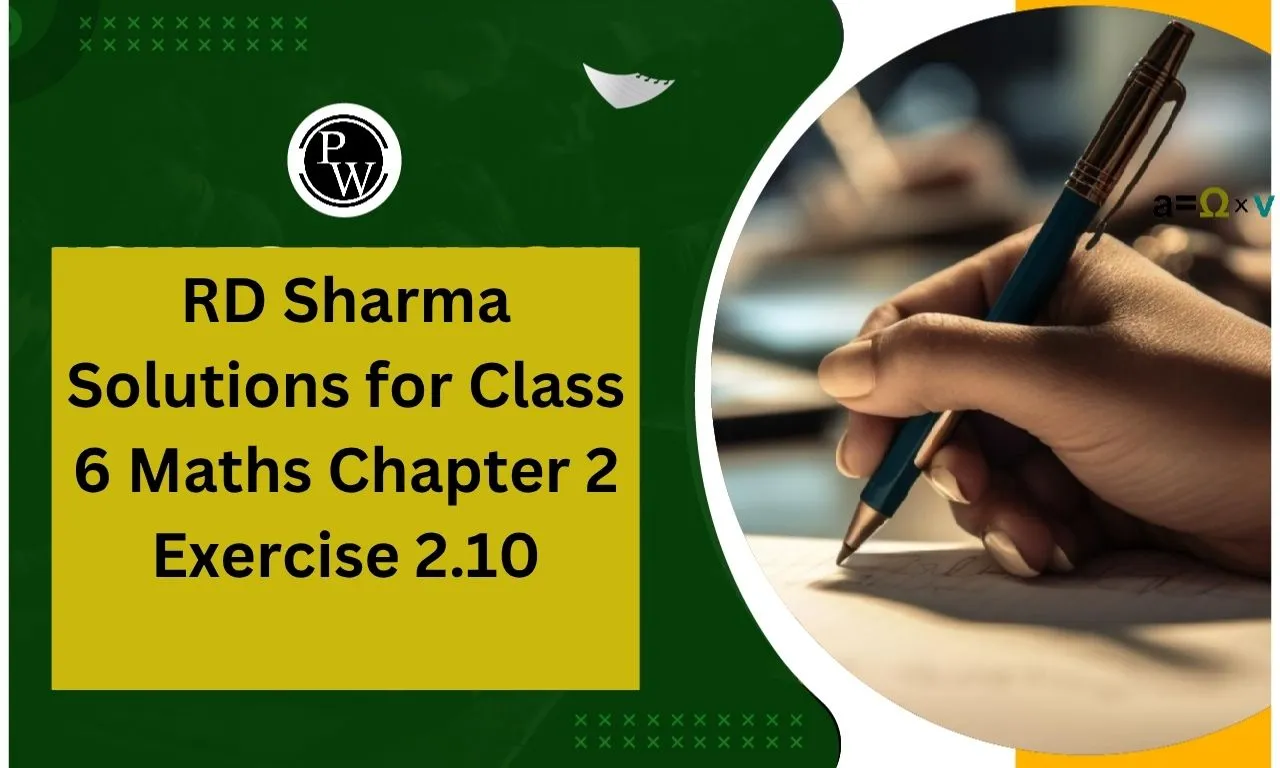
RD Sharma Solutions for Class 6 Maths Chapter 2 Exercise 2.10: Chapter 2 Exercise 2.10 of RD Sharma Class 6 Maths, "Playing with Numbers," focuses on common multiples and divisibility. This exercise strengthens problem-solving skills essential for understanding number systems, which frequently appear in the exam pattern of school tests and Olympiads.
Practicing these problems builds a strong foundation in arithmetic, aligning with the latest CBSE syllabus. Students are advised to refer to previous year papers to understand the types of questions commonly asked from this chapter. Regularly practicing RD Sharma solutions helps improve speed and accuracy, which is crucial for performing well in exams.
What is Covered in Exercise 2.10?
Here’s what is covered in this exercise:
-
Finding the LCM of two or more numbers using:
-
Listing method
-
Prime factorization method
-
Division method
-
Word problems involving real-life scenarios where LCM is used, such as:
-
Events repeating at different intervals
-
Arranging objects or people in rows/groups
-
Application-based questions that require understanding of multiples and divisibility rules.
RD Sharma Solutions for Class 6 Chapter 2 Playing with Numbers Exercise 2.10
Below we have provided the RD Sharma Solutions for Class 6 Maths Chapter 2 – Playing with Numbers, Exercise 2.10. This exercise focuses on finding the Least Common Multiple (LCM) through various methods and solving related word problems.
These step-by-step solutions are designed to help students understand the concepts clearly and perform well in their exams.
1. What is the smallest number which when divided by 24, 36 and 54 gives a remainder of 5 each time?
Solution:
Prime factorization of
24 = 2 × 2 × 2 × 3
36 = 2 × 2 × 3 × 3
54 = 2 × 3 × 3 × 3
So the required LCM = 2 × 2 × 2 × 3 × 3 × 3 = 216
The smallest number which is exactly divisible by 24, 36 and 54 is 216
In order to get remainder as 5
Required smallest number = 216 + 5 = 221
Therefore, the smallest number which when divided by 24, 36 and 54 gives a remainder of 5 each time is 221.
2. What is the smallest number that both 33 and 39 divide leaving remainder of 5?
Solution:
Prime factorization of
33 = 3 × 11
39 = 3 × 13
So the required LCM = 3 × 11 × 13 = 429
The smallest number which is exactly divisible by 33 and 39 is 429
In order to get remainder as 5
Required smallest number = 429 + 5 = 434
Therefore, the smallest number that both 33 and 39 divide leaving remainder of 5 is 434.
3. Find the least number that is divisible by all the numbers between 1 and 10 (both inclusive).
Solution:
The LCM of numbers from 1 to 10 need to be found out to find the least number
We know that 2, 3, 5 and 7 are prime numbers
Prime factorization of
4 = 2 × 2
6 = 2 × 3
8 = 2 × 2 × 2
9 = 3 × 3
10 = 2 × 5
So we get required least number = 2 × 2 × 2 × 3 × 3 × 5 × 7 = 2520
Therefore, the least number that is divisible by all the numbers between 1 and 10 is 2520.
4. What is the smallest number that, when divided by 35, 56 and 91 leaves remainder of 7 in each case?
Solution:
Prime factorization of
35 = 5 × 7
56 = 2 × 2 × 2 × 7
91 = 7 × 13
So the required LCM = 2 × 2 × 2 × 5 × 7 × 13 = 3640
The smallest number which is exactly divisible by 35, 56 and 91 is 364
In order to get the remainder as 7
Required smallest number = 3640 + 7 = 3647
Therefore, 3647 is the smallest number that when divided by 35, 56 and 91 leaves remainder of 7 in each case.
5. In a school there are two sections – section A and section B of Class VI. There are 32 students in section A and 36 in section B. Determine the minimum number of books required for their class library so that they can be distributed equally among students of section A or section B.
Solution:
Prime factorization of
32 = 2 × 2 × 2 × 2 × 2
36 = 2 × 2 × 3 × 3
So the required LCM = 2 × 2 × 2 × 2 × 2 × 3 × 3 = 288
Hence, the minimum number of books required for their class library = LCM of 32 and 36 = 288 books
6. In a morning walk three persons step off together. Their steps measure 80cm, 85cm and 90cm respectively. What is the minimum distance each should walk so that he can cover the distance in complete steps?
Solution:
Prime factorization of
80 = 2 × 2 × 2 × 2 × 5
85 = 5 × 17
90 = 2 × 3 × 3 × 5
So the required LCM = 2 × 2 × 2 × 2 × 3 × 3 × 5 × 17 = 12240
Hence, the required minimum distance each should walk = LCM of 80cm, 85cm and 90cm = 12240 cm = 122m 40cm.
7. Determine the number nearest to 100000 but greater than 100000 which is exactly divisible by each of 8, 15 and 21.
Solution:
In order to determine the number we must find LCM of 8, 15 and 21
Prime factorization of
8 = 2 × 2 × 2
15 = 3 × 5
21 = 3 × 7
So the required LCM = 2 × 2 × 2 × 3 × 5 × 7 = 840
840 is the number nearest to 100000 and divisible by 8, 15 and 21 and by LCM
Taking 100000 as dividend and 840 as divisor
The remainder obtained is 40
So we get the number greater than 100000 and exactly divisible by 840 = 100000 + (840 – 40) = 100000 + 800 = 100800.
Hence, the required number is 100800.
8. A school bus picking up children in a colony of flats stops at every sixth block of flats. Another school bus starting from the same place stops at every eighth blocks of flats. Which is the first bus stop at which both of them will stop?
Solution:
We know that
The first bus stop at which both of them will stop = LCM of 6th and 8th block
Prime factorization of
6 = 2 × 3
8 = 2 × 2 × 2
So the required LCM = 2 × 2 × 2 × 3 = 24
Therefore, 24th block is the first bus stop at which both of them will stop.
9. Telegraph poles occur at equal distances of 220m along a road and heaps of stones are put at equal distances of 300m along the same road. The first heap is at the foot of the first pole. How far from it along the road is the next heap which lies at the foot of a pole?
Solution:
Prime factorization of
220 = 2 × 2 × 5 × 11
300 = 2 × 2 × 3 × 5 × 5
So the required LCM = 2 × 2 × 3 × 5 × 5 × 11 = 3300
Therefore, the next heap which lies at the foot of a pole is 3300m far along the road.
10. Find the smallest number which leaves remainders 8 and 12 when divided by 28 and 32 respectively.
Solution:
Prime factorization of
28 = 2 × 2 × 7
32 = 2 × 2 × 2 × 2 × 2
So the required LCM = 2 × 2 × 2 × 2 × 2 × 7 = 224
The number leaves remainders 8 and 12 when divided by 28 and 32
So we get
28 – 8 = 20 and 32 – 12 = 20
Hence, the required number is 224 – 20 = 204
RD Sharma Solutions for Class 6 Maths Chapter 2 Exercise 2.10 PDF Download
Below, you’ll find the RD Sharma Solutions for Class 6 Maths Chapter 2 – Playing with Numbers, Exercise 2.10 available for PDF download. This comprehensive PDF includes detailed, step-by-step solutions covering all methods to find the Least Common Multiple (LCM)—including listing, prime factorization, and division methods—along with carefully explained word problems.
It’s designed to enhance understanding and boost exam confidence. Simply click the link below to download the complete solution set and start practicing right away!
RD Sharma Solutions for Class 6 Maths Chapter 2 Exercise 2.10
Study without using the internet
Key Features of RD Sharma Solutions for Class 6 Maths Chapter 2 Playing with Numbers Exercise 2.10
Here are the Key Features of RD Sharma Solutions for Class 6 Maths Chapter 2 Playing with Numbers, Exercise 2.10, explained in detail:
1. Concept Clarity of LCM
-
The solutions provide a clear understanding of Least Common Multiple (LCM), which is the focus of Exercise 2.10.
-
Students learn multiple methods to find the LCM: Listing Method, Prime Factorization, and Division Method.
2. Step-by-Step Solutions
-
Each question is solved in a systematic and easy-to-follow manner.
-
Helps in developing a logical approach to problem-solving.
-
Ideal for students who want to strengthen their basics.
3. Real-Life Application through Word Problems
-
Includes practical word problems that demonstrate real-world use of LCM, such as aligning time intervals or grouping items.
-
These applications make learning more relevant and engaging.
4. Aligned with Latest Syllabus
-
Solutions strictly follow the latest CBSE syllabus and NCERT guidelines.
-
Covers exactly what is needed for exams, avoiding any irrelevant content.
5. Useful for Exam Preparation
-
The types of problems are similar to those seen in school exams and Olympiads.
-
Students become familiar with question formats seen in previous year papers and assessments.
6. Available in PDF Format
-
Solutions are compiled into a downloadable PDF, making it easy for students to study offline anytime.
Great for quick revision before tests.
7. Improves Accuracy and Speed
-
Repeated practice with these solutions helps improve calculation speed and accuracy.
-
Builds confidence in handling multiple types of LCM problems.
RD Sharma Class 6 Maths Chapter 2 Exercise 2.10
Are word problems included in Exercise 2.10?
Are the solutions based on the latest syllabus?
Are these solutions aligned with the CBSE syllabus?
Are these solutions suitable for self-study?

